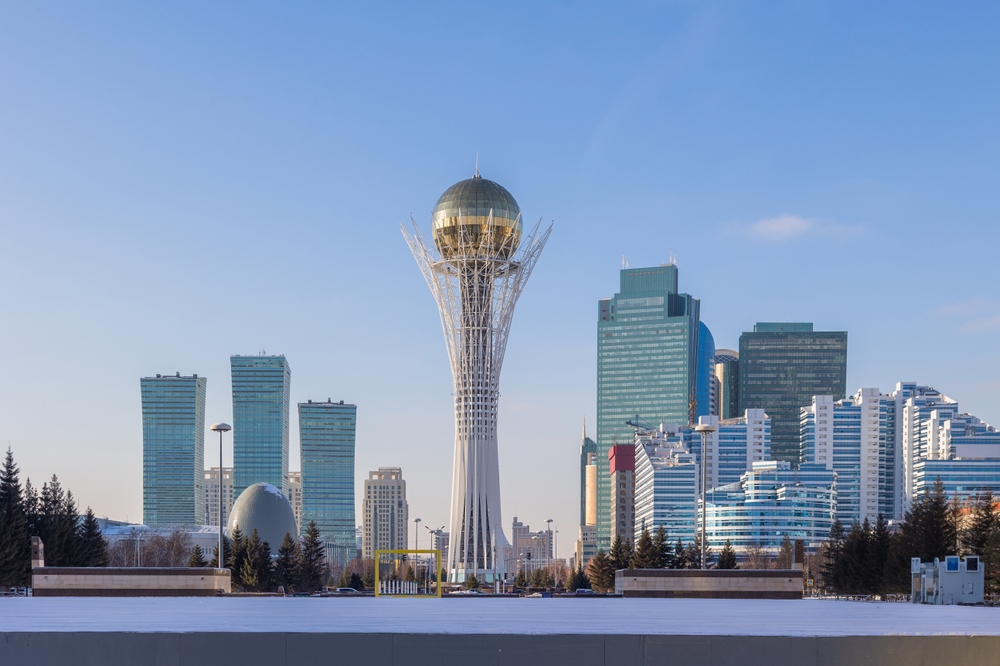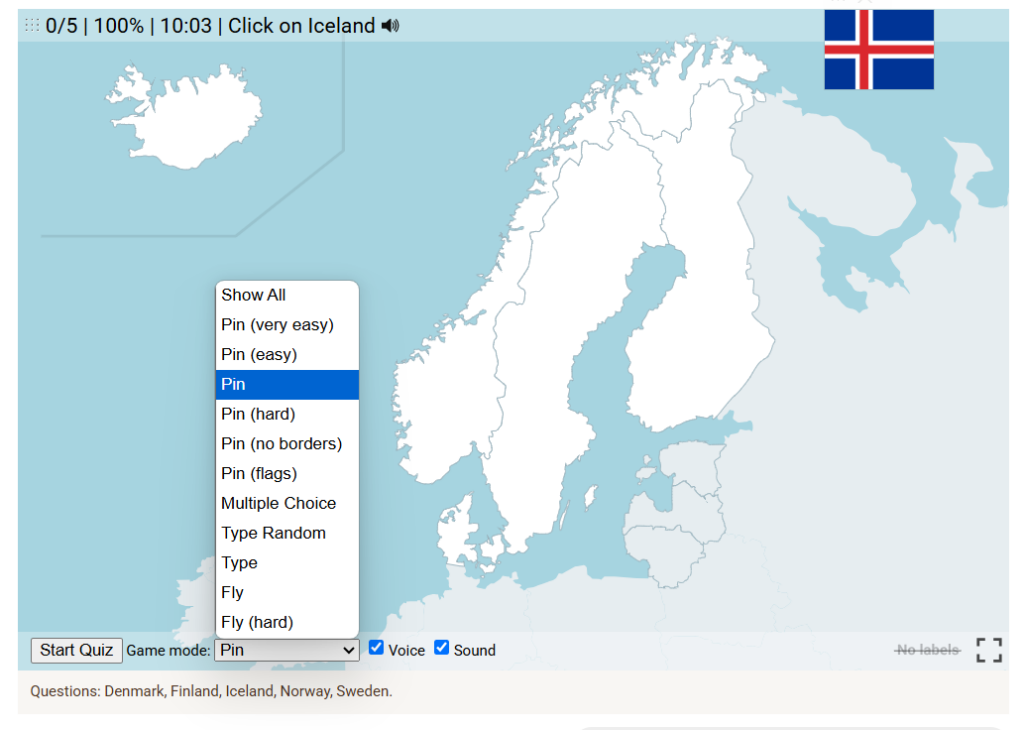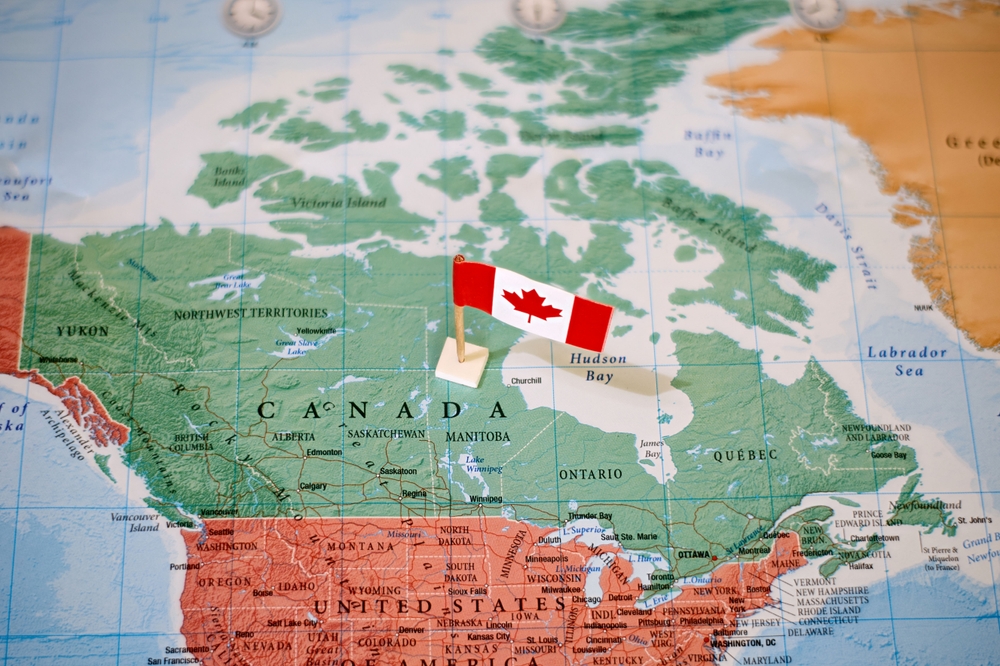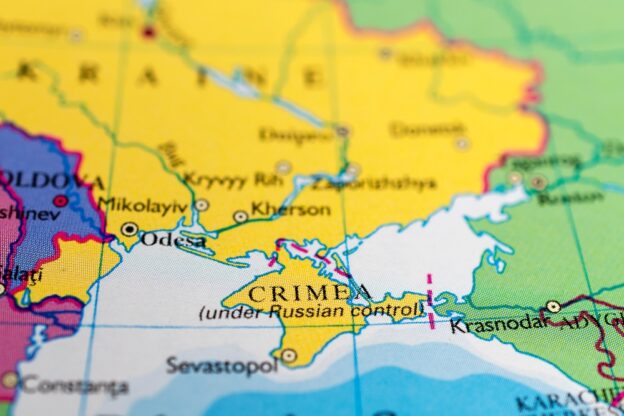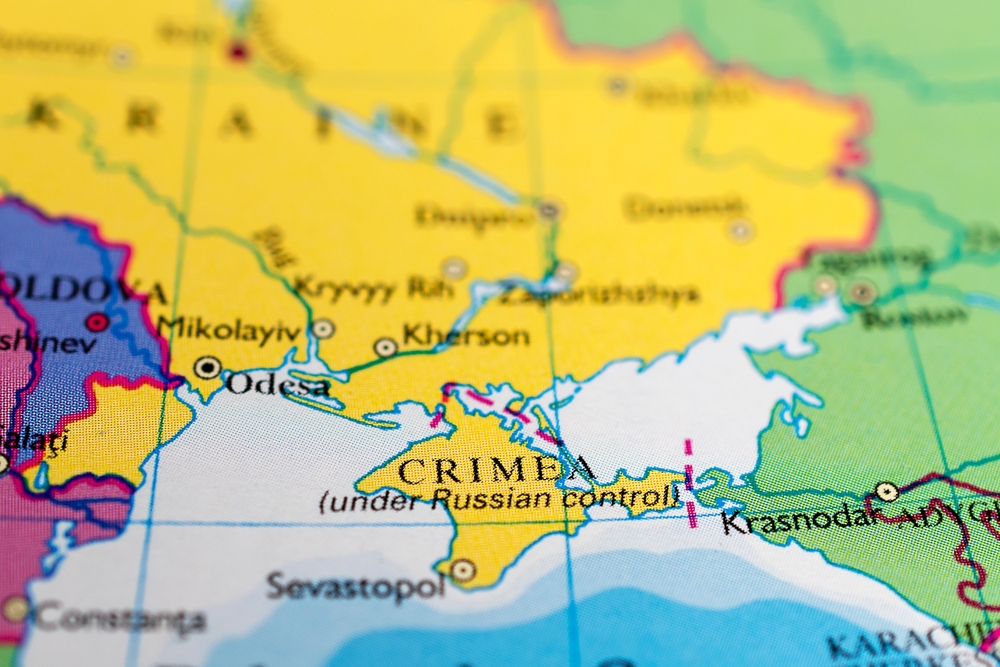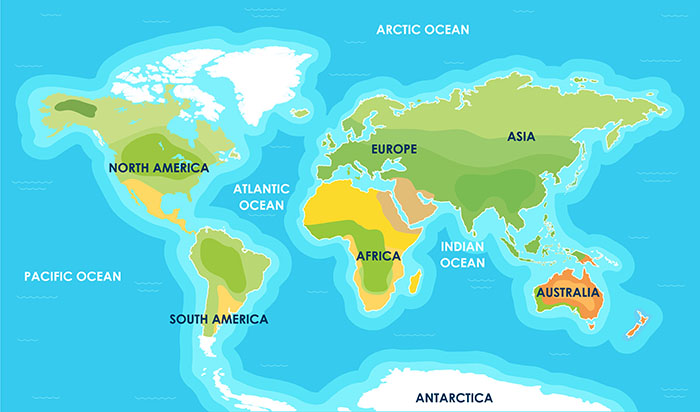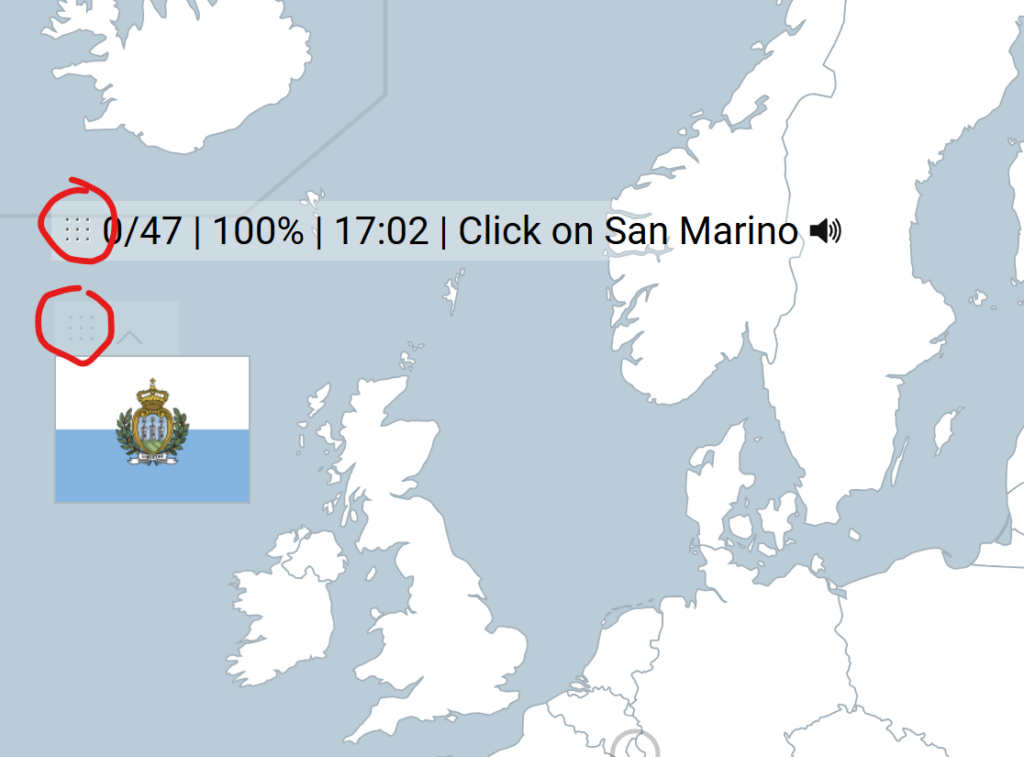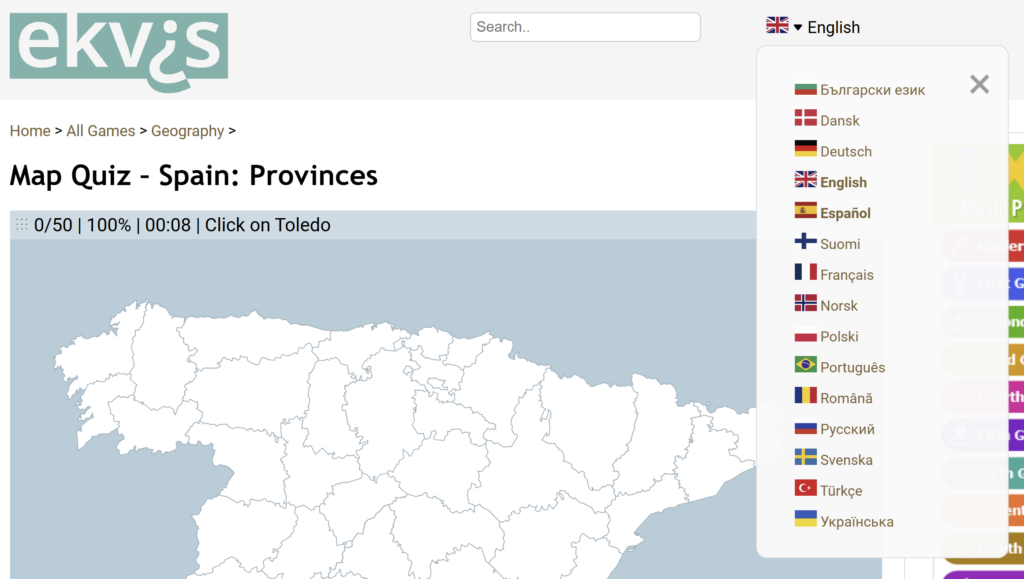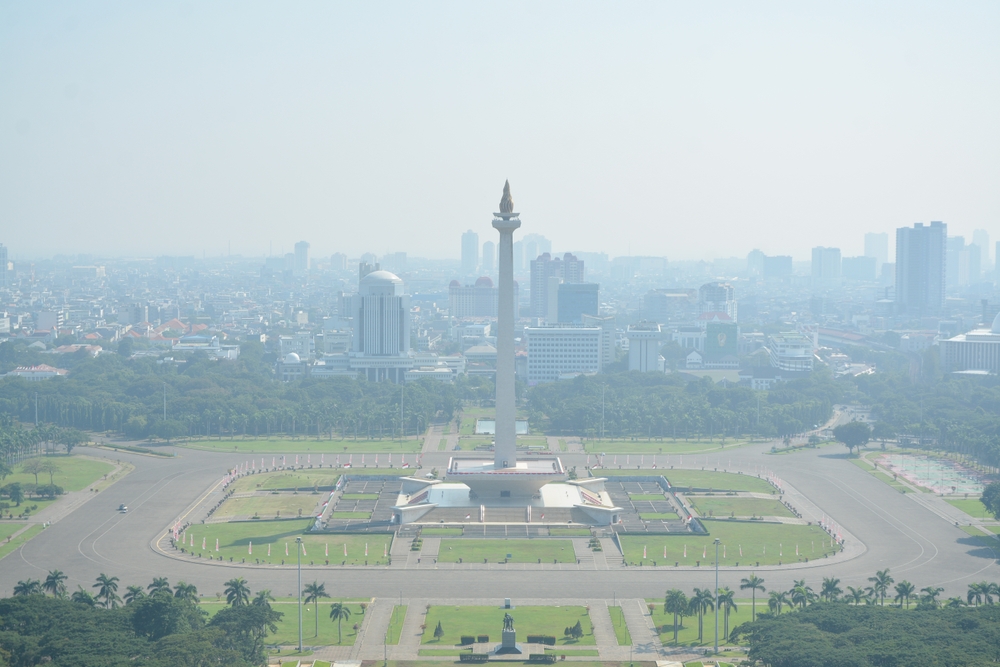
Indonesia is in the process of relocating its capital from Jakarta to a newly planned city called Nusantara. This decision was made due to Jakarta’s overpopulation, environmental challenges, and economic considerations. The relocation marks one of the most ambitious infrastructure projects in Indonesia’s history.
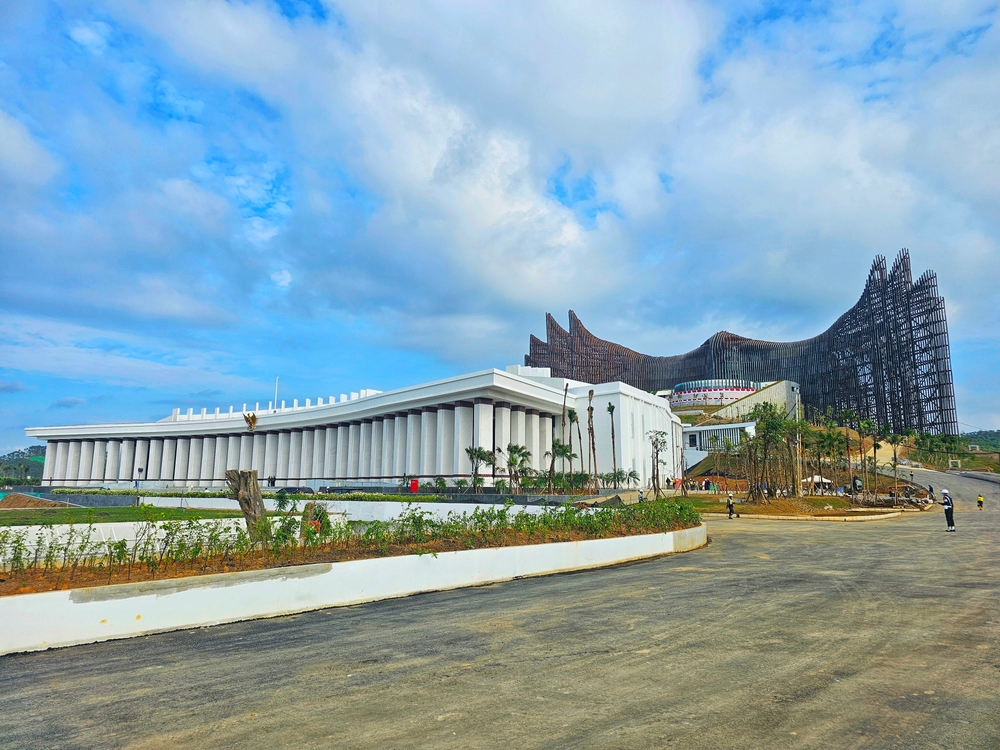
Reasons for Moving the Capital
Jakarta, located on the island of Java, has long served as Indonesia’s capital. However, the city faces multiple challenges that prompted the government to consider a relocation:
- Severe Overpopulation: Jakarta is home to over 10 million people, with the greater metropolitan area exceeding 30 million. This has led to chronic traffic congestion and urban crowding.
- Environmental Concerns: Jakarta is sinking due to excessive groundwater extraction. Parts of the city are subsiding by as much as 25 cm per year, increasing the risk of severe flooding.
- Economic Imbalance: Java dominates Indonesia’s economy, while other islands remain underdeveloped. Moving the capital is intended to promote economic growth in other regions.
Choosing Nusantara
In 2019, President Joko Widodo announced plans to relocate the capital to East Kalimantan, on the island of Borneo. The new city, named Nusantara, was chosen for its central location, lower population density, and reduced environmental risks.
Construction and Development
The construction of Nusantara officially began in 2022, with plans to complete the first phase by 2024. The key aspects of the development include:
- Green and Smart City: Nusantara is designed to be environmentally sustainable, using renewable energy and smart infrastructure.
- Decentralization: The move is expected to distribute economic opportunities beyond Java.
- Government Relocation: Key government institutions, including the presidential office, are set to move to Nusantara.
Challenges and Criticism
Despite the ambitious plans, the relocation faces several challenges:
- High Costs: The estimated cost of building Nusantara is around $32 billion, requiring significant investment.
- Environmental Concerns: Although intended as a sustainable city, some fear that development in Borneo could lead to deforestation and harm biodiversity.
- Logistical Issues: Moving government offices and infrastructure from Jakarta to Nusantara is a complex and time-consuming process.
Conclusion
Indonesia’s decision to relocate its capital from Jakarta to Nusantara is a historic move aimed at addressing overpopulation, environmental risks, and economic imbalance. While the project presents significant opportunities, it also comes with financial and environmental challenges. The success of Nusantara will depend on careful planning and execution in the coming years.
